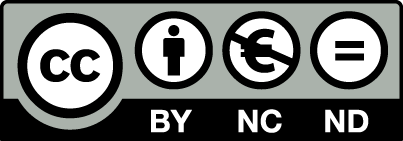Please use this identifier to cite or link to this item:
https://hdl.handle.net/10419/244022 Authors:
Year of Publication:
2020
Citation:
[Journal:] Energy Reports [ISSN:] 2352-4847 [Volume:] 6 [Publisher:] Elsevier [Place:] Amsterdam [Year:] 2020 [Pages:] 157-172
Publisher:
Elsevier, Amsterdam
Abstract:
This article presents a non-conventional design approach of high order passive filters incorporated with distributed energy grid integration systems based on particle swarm optimization (PSO) as one of multi-objective evolutionary search algorithms. Two topologies of passive grid filters (third order passive damped LCL-filter and trap filter) are chosen as case studies. The presented grid filter design is based searching the optimum values of filter passive elements that can optimize an objective function composed of several terms such as harmonic attenuation factor and size (value) of passive elements (inductors and capacitors). The employed multi-objective design approach has three main advantages: (1) The PSO algorithm offers several groups of solutions to the same optimization problem. Accordingly, the most convenient solution can be chosen based on several factors such as cost of realization, availability in the market and the corresponding THD of grid current. (2) Multi-objective design approach is flexible enough to include other factors in the customized objective function to achieve different design criteria in accordance with new (or updated) versions of grid codes. (3) The PSO algorithm converges to the optimum solution(s) regardless the initial search values (initial guess). Consequently, the algorithm does not need any prior knowledge about filter numerical values .The PSO algorithm has been developed in Matlab®, while the overall hardware grid-integration system has been modeled and studied using PSIM® software package. The obtained results demonstrate the effectiveness of the proposed approach to get practical and applicable values of filter components that result in good harmonic attenuation and satisfy the related codes of grid integration such as the IEEE standard 519. The main contribution of this paper is the utilization of evolutionary optimization technique to achieve an optimum design of passive grid filters that can optimize simultaneously several contradictory goals such as achieving the maximum possible harmonic attenuation at the lowest possible filter size. Compared with conventional design approach, the PSO-based filter design approach results in lower numerical values of filter components, which leads to considerable reduction in the size and cost of the passive grid filter. Moreover, grid filter design based on evolutionary search approach permits accommodation of several design criteria in the customized objective function with arbitrary weighting factors upon system design requests and new grid codes constrains.
Subjects:
Distributed energy resources
Grid connected inverter
Grid integration
Passive filter
Particle swarm
Optimization techniques
Evolutionary computation
Fuel cell
Photovoltaic
Batteries
Grid connected inverter
Grid integration
Passive filter
Particle swarm
Optimization techniques
Evolutionary computation
Fuel cell
Photovoltaic
Batteries
Persistent Identifier of the first edition:
Document Type:
Article
Appears in Collections:
Files in This Item:
File
Description
Size
Format
Items in EconStor are protected by copyright, with all rights reserved, unless otherwise indicated.

